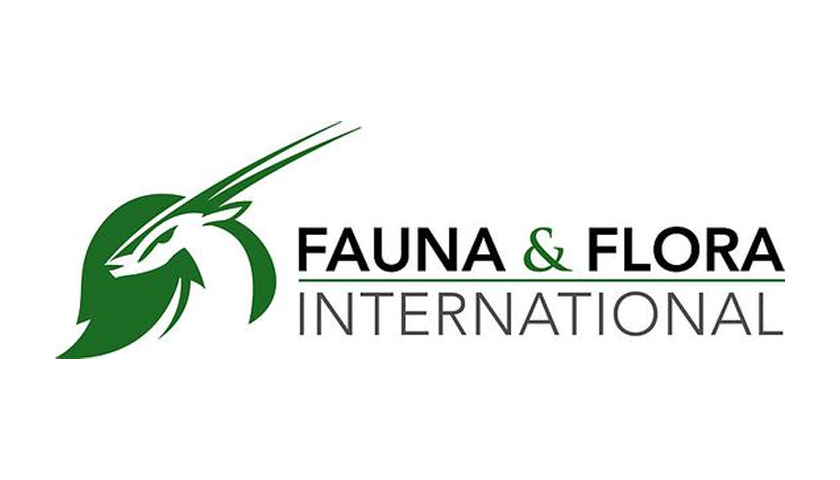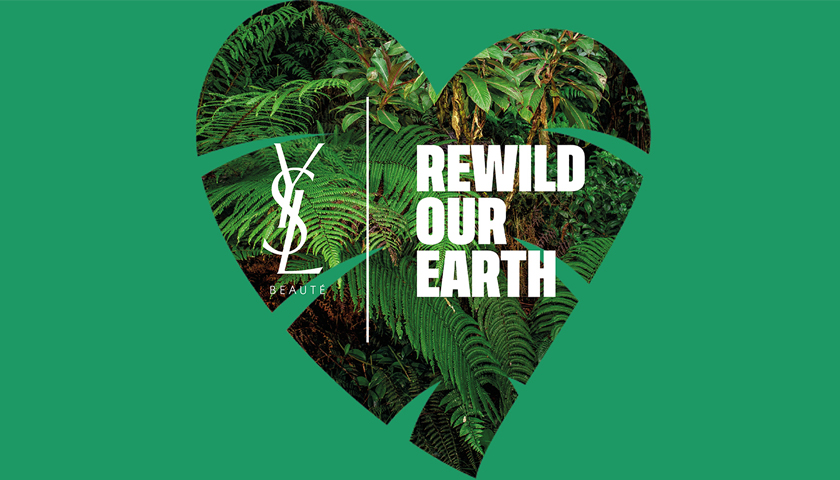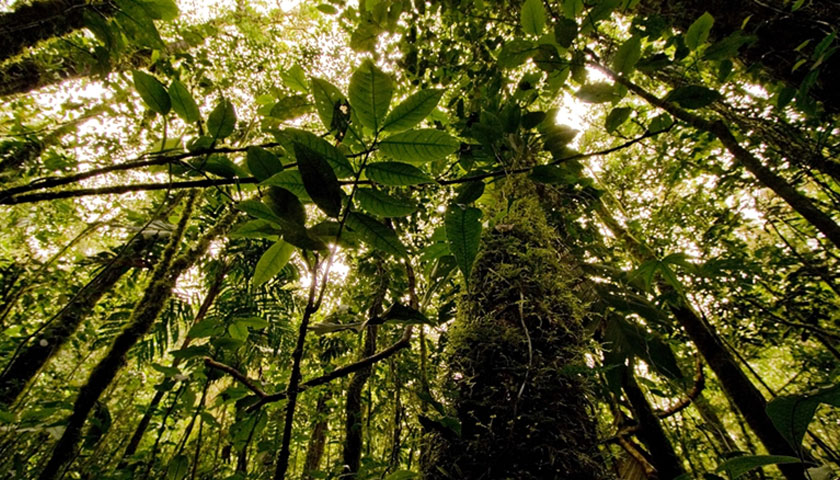Fauna & Flora, Re:wild and their network of over 50 Caribbean partners have restored their 30th Caribbean island, helping to save over a dozen species from extinction, while improving resilience of the islands and their ecosystems.
From Redonda to the Prickly Pear Cays, conservationists have been working to bring back to life a range of islands – big and small – since 1993.
Why is Caribbean wildlife under threat?
The Caribbean islands have suffered the highest extinction rates in modern history. Although the islands represent just 0.16% of the Earth’s land area, they have accounted for 10% of the world’s bird extinctions, 38% of the world’s mammal extinctions, and over 65% of the world’s reptile extinctions since the first Europeans arrived.
As well as losing biodiversity, the Caribbean Islands, and the millions of people that call them home, are highly vulnerable to climate change. Coastal communities are especially in danger from sea-level rise and storm surges, and all are at risk from the increase in extreme weather events such as droughts and hurricanes.
A barren Redonda in 2012. © Jenny Daltry / Fauna & Flora
A barren Redonda island, off the coast of Antigua and Barbuda, in 2012.
Local partnership and sustainable conservation
Jenny Daltry, Caribbean Alliance Director, Fauna & Flora and Re:wild, who has been working on biodiversity restoration in the Caribbean for nearly 30 years, comments: “Though better known for its sunshine and beaches, the Caribbean is actually a fantastically diverse part of the world, home to tens of thousands of unique and wonderful species, many found nowhere else in the world.
“By enabling local partners to rewild their islands, we’re not just preventing extinctions, but we’re rebuilding ecosystems that can better protect local communities from the impacts of climate breakdown. Restoring Caribbean islands to their naturally beautiful and biodiverse state also makes them magnets for recreation and tourism.”
Many species have seen remarkable comebacks since the restoration work began in the early 1990s. The Antiguan racer, a harmless snake that is endemic to Antigua and Barbuda had been declared extinct three times before it was eventually rediscovered on a single, tiny offshore islet in 1995, by which time only 50 individuals remained. By 2015, the population had increased to over 1,000 individuals, spread over four beautifully rewilded islands off Antigua.
Antiguan racer on Bird Island, Antigua. © Jeremy Holden / Fauna & Flora
Antiguan racer. Reduced to just 50 individuals by 1995, the snake’s population had increased to over 1,000 individuals by 2015 as a result of a range of conservation measures.
By removing harmful invasive alien species and reintroducing native species, we not only saved our beloved Antiguan racer but achieved a spectacular increase in seabirds, land birds, plants and other wildlife…thanks to our ongoing efforts to protect Antigua’s offshore islands from invasive species and other threats, they are among our top visitor attractions, drawing millions of people who appreciate their outstanding natural beauty and wildlife.
Shanna Challenger
Offshore Islands Conservation Programme Coordinator, EAG
Lizards brought back from the brink
Redonda ground dragon. © Edward Marshall / Fauna & Flora
Redonda ground dragon
From desolate rock to wildlife haven, the island of Redonda has made a remarkable recovery: the endemic Redonda ground dragon population has increased 13-fold since 2017.
Female White Cay iguana. © Jenny Daltry / Fauna & Flora / Re:wild
White Cay iguana
Back in 1997, the rare White Cay rock iguana was on the brink of extinction and found only on a small 15-hectare islet in the Bahamas. The population has now risen from fewer than 150 to over 2,000.
Sombrero ground lizard. © Toby Ross / Fauna & Flora
Sombrero ground lizard
Though tiny, Sombrero Island is home to a number of threatened, endemic species. Conservation interventions began in 2021 and already the Sombrero ground lizard population has more than tripled.
Rewilding Sombrero
Sombrero Island – a tiny island 34 miles north-west of Anguilla, and just 38 hectares in size – is home to a number of threatened, endemic species, including the Sombrero ground lizard, the Sombrero bee and the Sombrero wind scorpion, as well as globally important seabird colonies. Unfortunately, the island had been completely deforested and was fast deteriorating due to climate change – which has increased the frequency and intensity of hurricanes and storm surges in the region – and the impact of invasive species. Thanks to conservation interventions, which only began in 2021, many native species are rebounding, including the Sombrero ground lizard population, which has more than tripled in number.
Farah Mukhida, Executive Director at Anguilla National Trust said: “It’s not easy working on such a remote and rocky island like Sombrero, where even planting a tree is a logistical challenge! But restoring islands brings such a wide array of benefits so the effort is very worthwhile. Recent studies in Anguilla have proved beyond doubt that restoring islands and coastal ecosystems is a vital investment in enhancing our resilience to climate change.”
High school students helping with Sombrero Island revegetation project. © Farah Mukhida / Anguilla National
High school students helping with Sombrero Island revegetation project.
White Cay rock iguana saved
Back in 1997, the rare White Cay rock iguana, was on the brink of extinction and found only on a small 15-hectare islet in the Bahamas. In close cooperation with Bahamas National Trust, the Bahamas Department of Agriculture and Department of Environmental Health, Fauna & Flora helped rescue the last White Cay iguanas by removing a non-native raccoon and a colony of ship rats from the islet, and the iguana population has now risen from fewer than 150 to over 2,000.
“We almost lost the White Cay rock iguana, one of our most colourful and charismatic animals, and I am personally overjoyed to see their numbers rising” said Sandra Buckner, past President of Bahamas National Trust, who was closely involved in this work. “I hope this success will inspire more action to help other islands and species that are still at risk”.
The next phase of Caribbean conservation
Jenny Daltry says: “While great progress has been made, the Caribbean contains well over 7,000 islands and we still have a long way to go to repair the damage caused by our ancestors. We’re currently supporting the creation of the very first ‘mainland island’ in this region – Fountain National Park on Anguilla – and we have ten further islands in the pipeline for restoration. Both Fauna & Flora and Re:wild supported Anguilla National Trust to put a pest-resistant fence around Fountain National Park to help exclude non-native rats, cats and goats and already vegetation is increasing rapidly.
“We are also supporting Haiti National Trust to continue their amazing job of working with local communities to protect and restore native forests on Haiti’s Tiburon Peninsula, despite working under extremely challenging circumstances. In the 1920s, Haiti still had 60% of its original forest cover – today, just 0.34% remains, resulting in landslides, flooding and other disasters. Families living downstream of the reforested areas in Grand Bois have already reported improvements in their water supply”


